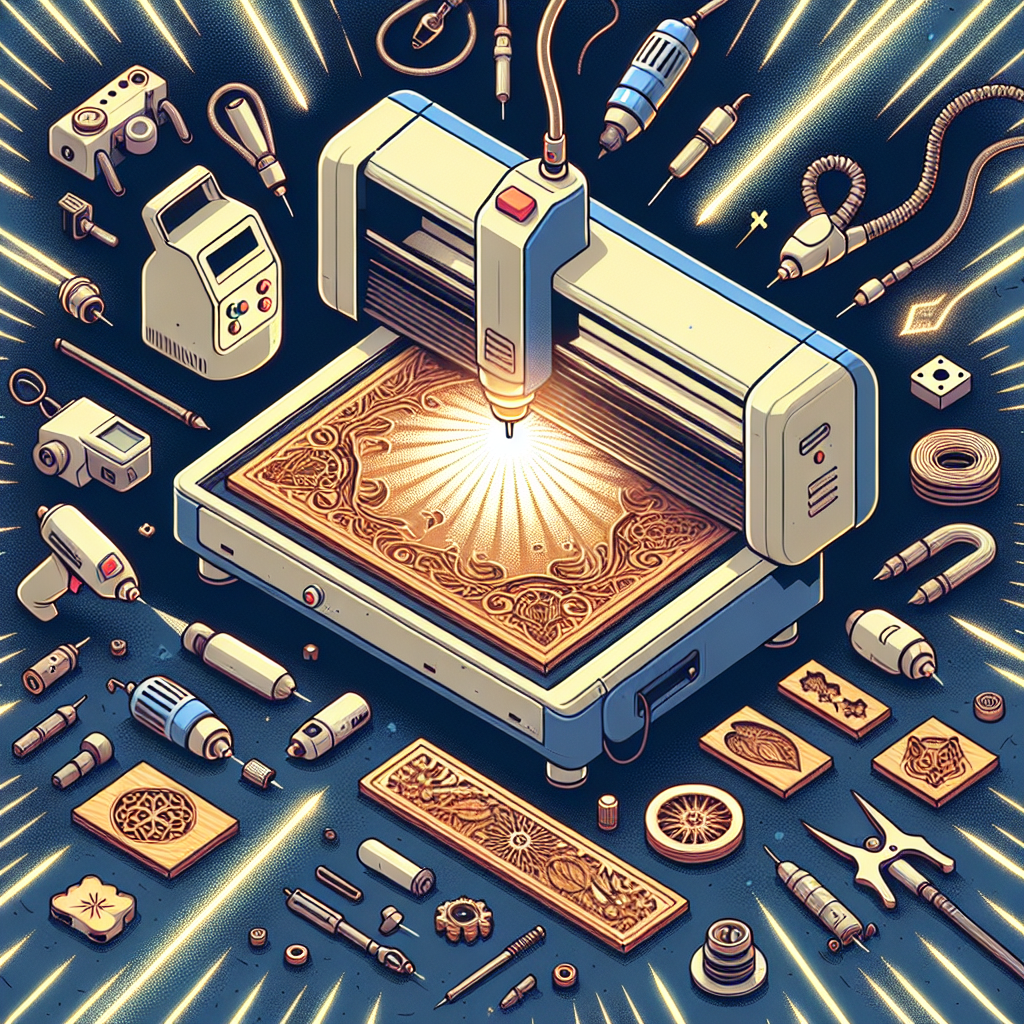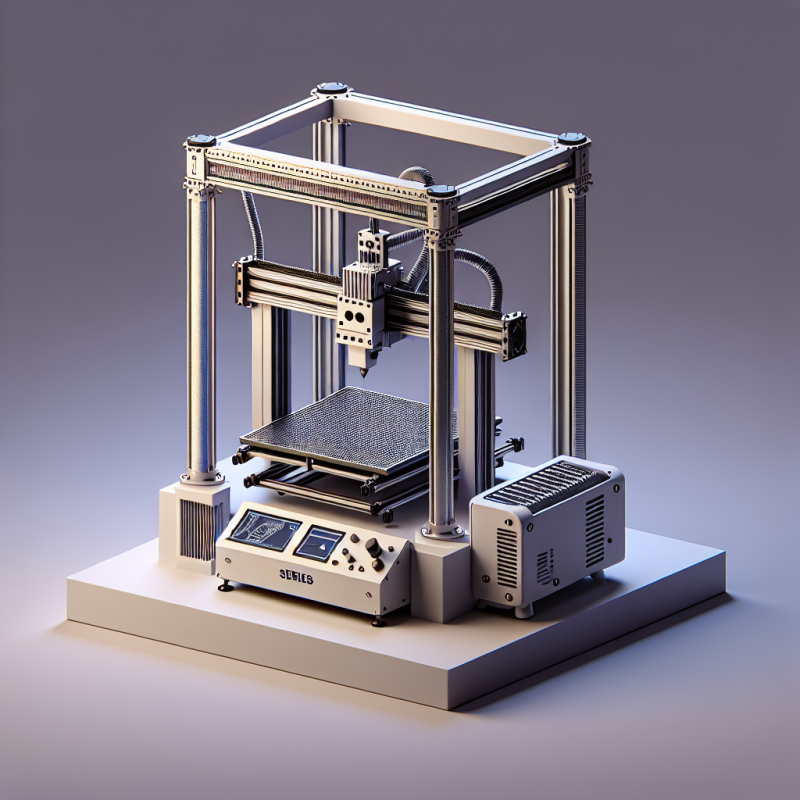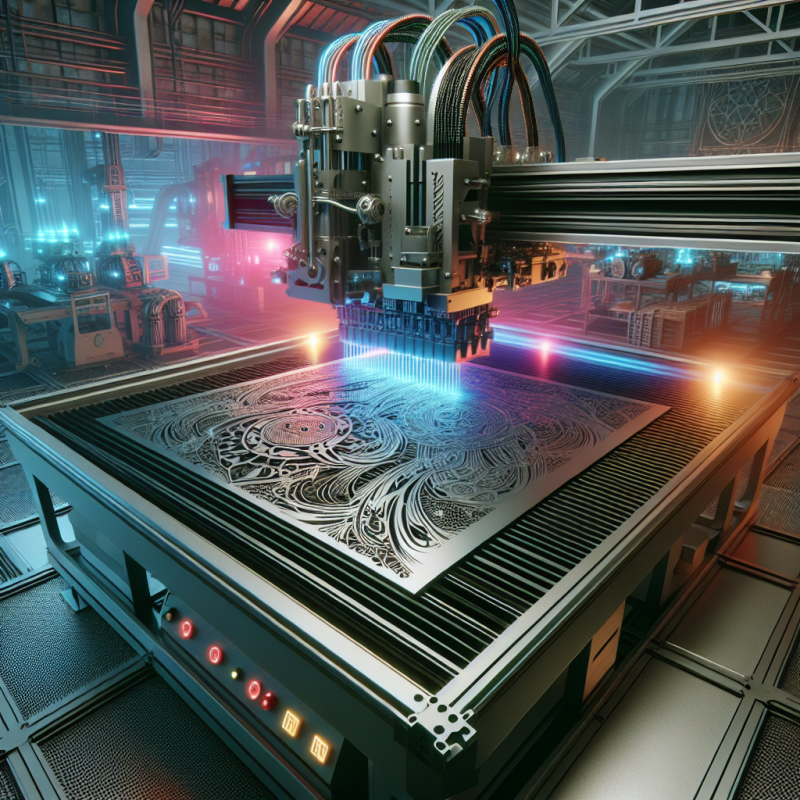Title: A Comprehensive Guide to Laser Engraving: Unpacking Laser Engraver Machines
Introduction
Peering into the fascinating world of laser engraving reveals complexity and beauty. At its heart stands the laser engraver machine, a revolutionary piece of technology changing the face of multiple industries with its precision and continuity in engraving designs. This guide dives deep into the operational aspects of these extraordinary machines and why their usage is booming in various industries.
The Mechanism and Application of Laser Engraving
The laser engraving process, a no-touch methodology, uses an intense light beam to modify the surface of a material, creating a permanent design. Broad spectrum sectors, spanning from jewellery design, automotive parts marking, industrial parts labelling to artistic creation reap benefits from the intricate and consistent details laser engraver machines provide. As a result, these machines have become an inseparable part of various industries.
Specifications and Features of the Machine
Equipped with a plethora of advanced features and specifications, the laser engraver machines are truly exceptional. The cardinal aspect of the machine lies in its laser power which determines the thickness of the material it can process. Its engraving speed, in direct relation to production efficiency, is another essential characteristic. Other integral features include the working area size, compatibility with different material types, cooling system, software, and user interface. These features together ensure the versatility and effectiveness of the machines.
Understanding Material Compatibility
A laser engraver machine possesses the ability to engrave a wide range of materials, including plastics, metals, wood, and synthetic materials. Nonetheless, different materials require particular laser sources and power levels for effective engraving. Therefore, understanding material compatibility is of utmost importance.
Safety Measures: A Primary Concern
While the laser engraver machines are impressive pieces of technology, they can lead to serious safety hazards if misused. Potential risks involve laser burns, eye injuries from laser reflection, harmful fumes and even fires, if not handled properly. Ensuring safe operation calls for regular machine checks, usage of protective equipment and maintaining a well-ventilated workspace.
Adherence to Industry Best Practices
Follow-through of industry best practices is key to optimizing the efficiency and safety of laser engraving. These include accurate calibration of the laser beam, apt choice and preparation of the material, and routine maintenance of the machine. Considering the level of precision needed, even a slight miscalculation can disrupt the engraving process, highlighting the need for expertise and careful handling.
Assessing the Cost-Benefit Ratio
Upon first glance, the laser engraver machines might seem expensive, but a thorough cost-benefit analysis often justifies their cost. By factoring in their longevity, reliability, precision, and their potential to streamline production processes, their financial benefit becomes well-evident.
Maintenance Guidelines
Frequent maintenance maximizes the longevity of a laser engraver machine, optimizes its performance, and prevents untimely breakdowns. Maintenance tasks include regular cleaning, timely replacement of worn-out parts, recalibrating the laser for accuracy, and updating the machine’s software.
Potential Projects and Tutorials
The opportunities for laser engraving projects are virtually limitless, ranging from personalized jewellery, decorative items for the home, engraved utensils to intricate artworks. Numerous tutorials are available online, providing inspiration and guidance for enthusiasts keen to transform their ideas into creations with the help of a laser engraver machine.
In wrapping up, laser engraver machines stand as remarkable tools, reshaping the engraving industry with their accuracy and versatility. However, to fully harness their potential, one must gain a clear understanding of their specifications, safety considerations, industry practices, and maintenance needs.



